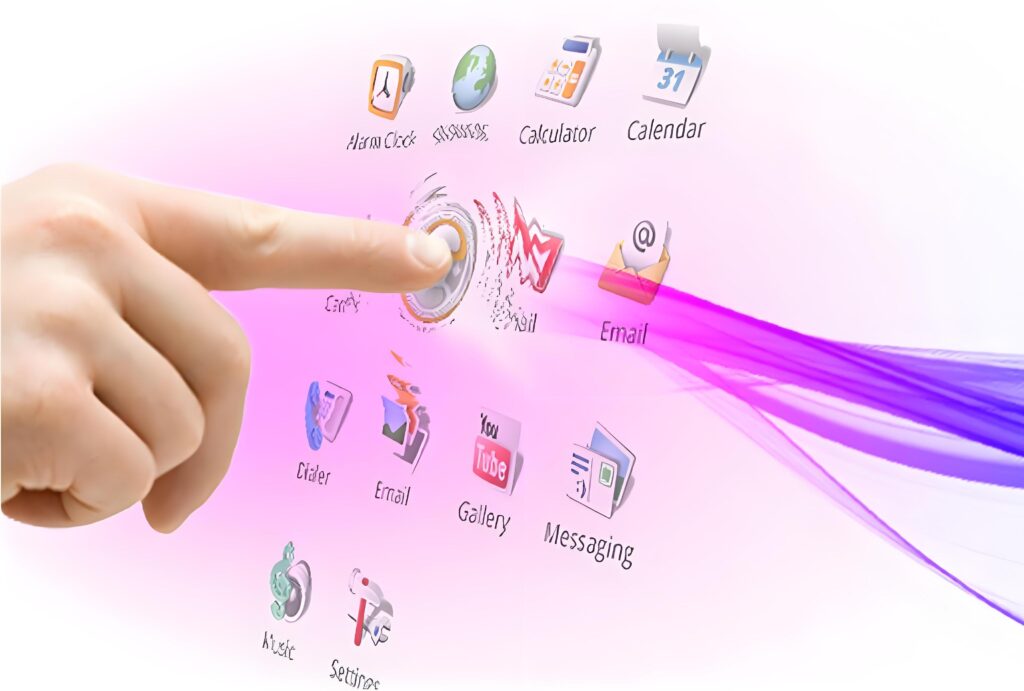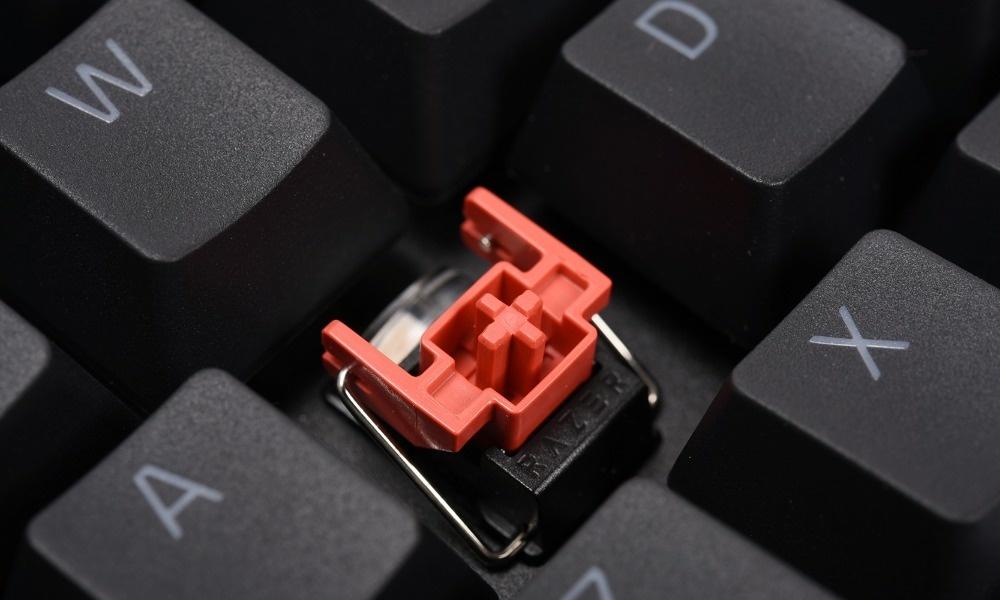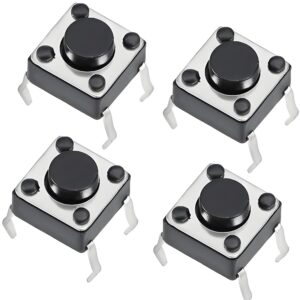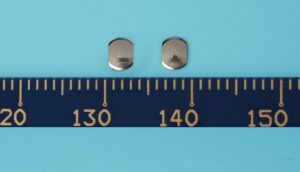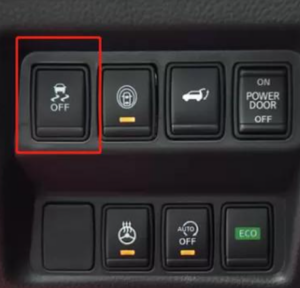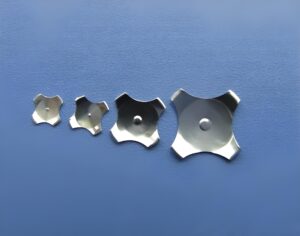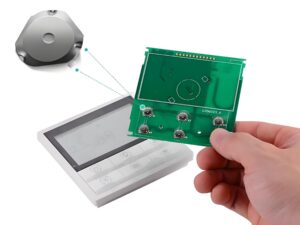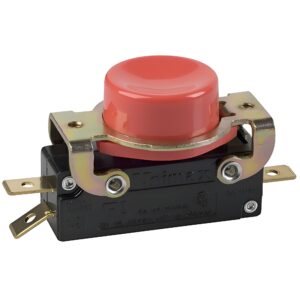As an important interactive method, tactile feedback plays an irreplaceable role. It brings more confirmation and immersion to our operations, and greatly improves the ease of use and user experience of the device. By delivering information to users through tactile means, the results of the operation can be felt more intuitively.
What is a tactile feedback?
Haptic feedback technology is a technology that transmits information through skin sensory feedback such as force and vibration. It allows users to receive tactile information by applying force, vibration or touch, thereby simulating real touch in a virtual environment.
The operation of tactile feedback varies from device to device. Many such devices use actuators to press metal domes to close or open circuits. This technology can measure external pressure through tactile sensors and reproduce the touch for users through a series of actions such as force and vibration.
What are the application scenarios of tactile feedback?
Tactile feedback technology is widely used in many fields, including:
Computer simulation: In the auxiliary creation and control of virtual scenes or virtual objects, tactile feedback technology can enhance the user experience.
Remote control of machinery and equipment: Improve the intuitiveness and accuracy of control through mechanical stimulation.
Smartphones: Simulate the sense of touch through vibration feedback to enhance the user’s interactive experience with the phone.
In-vehicle field: In intelligent cars, tactile feedback technology is applied to the central control, doors, steering wheels and other parts to improve driving safety and experience.
Is haptic feedback just vibration?
Tactile feedback is not just vibration. Tactile feedback technology enables users to perceive the operating status or feedback information of the machine by applying force, vibration or touch.
Tactile feedback technology uses the human skin perception ability to provide information through vibration, pressure, temperature and other methods, so that users can perceive the operating status or feedback information of the machine. This technology can provide intuitive and real-time operation feedback, improve user experience and operation accuracy and efficiency.
What is the difference between haptic feedback and vibration?
The main difference between haptic feedback and vibration lies in their scope of application and implementation methods.
Tactile feedback technology includes not only vibration, but also pressure, temperature changes and other methods to convey information or instructions to users.
Vibration is just one form of tactile feedback, often used to simulate the feeling of pressing a physical button or sliding on a real surface. Haptic feedback technology uses human skin perception to provide information through vibration, pressure, temperature, etc., allowing users to sense the operating status of the machine or feedback information.
What is haptic feedback good for?
Haptic feedback has many benefits, including improved user experience and accuracy. Haptic feedback can also ensure safe interaction with the device, which is not possible with touch screens.
Touch screen interfaces, such as those in vehicles, are not conducive to helping you focus your eyes on the road. This is mainly because they lack tactile feedback, which is usually required for “looking away” muscle memory.
What are the disadvantages of haptic feedback?
The disadvantages of haptic feedback technology mainly include the following aspects:
Slow response speed: The response speed of haptic feedback technology is relatively slow, which may cause users to feel a delay in the experience and affect the smoothness of the interaction.
Weak vibration intensity: The vibration intensity of some haptic feedback devices is weak and cannot provide sufficient feedback strength, affecting the user experience.
The vibration experience is not delicate: The vibration experience of some tactile feedback technologies is not delicate enough, and they cannot provide rich and diverse vibration effects, which limits the user’s perceptual experience.
High power consumption: Tactile feedback technology may consume more electricity during use, increasing the energy consumption burden of the device.
Technical limitations: Existing tactile feedback devices still have many shortcomings in terms of realism, fidelity, multimodal sensory integration, and device miniaturization, and it is difficult to meet users’ needs for highly realistic tactile experience.
Tactile feedback of metal dome switch
Metal domes are known for providing clear tactile feedback. Using metal domes to provide tactile feedback can easily meet feedback requirements. Metal domes with greater force mean that users are more difficult to press and provide a strong sense of touch. In contrast, round metal domes are easier to press, so the touch is softer.
When a finger presses a metal dome switch, a certain amount of pressure is required to deform the dome. After reaching the pressing force to trigger the switch, a significant change in resistance will be felt, giving a clear triggering feeling, letting the user know that the switch has been pressed.
The metal dome itself has good elasticity and rigidity. After being pressed, it can quickly deform and contact the circuit contacts, making the switch respond very quickly. This fast response is reflected in the tactile feedback that the switch action can be felt almost instantly after pressing the switch, without obvious delay, which enhances the user’s sense of confirmation of the operation.
When the finger releases the metal dome switch, the dome will quickly rebound to its initial state. This rebound force is strong and crisp, allowing the user to clearly feel the reset action of the switch.
The strong rebound force not only provides good tactile feedback, but also makes the switch have a long service life, because the dome is not prone to deformation or fatigue damage during repeated pressing and rebounding.
The rebound speed of the metal dome is relatively fast, and the rebound rhythm is stable. This stable rebound rhythm can give people a reliable feeling during use, allowing users to judge whether the working state of the switch is normal based on the rebound feeling, and also helps to improve the efficiency and accuracy of the operation.
When the metal dome switch is pressed, a slight impact sound will be generated between the dome and the contact surface. The presence of the pressing sound further enhances the effect of tactile feedback, allowing users to confirm the operation of the switch through hearing in addition to vision.
When the shrapnel rebounds, a certain sound will also be produced. The rebound sound echoes the pressing sound, forming a complete operation feedback sound signal, allowing users to judge whether the switch action is completed by sound when operating the switch.
As an important interaction method, tactile feedback brings many benefits to our interaction with electronic devices. As an excellent technology for realizing tactile feedback, metal shrapnel has the advantages of reliable performance, clear tactile feedback, compact size and low cost.



